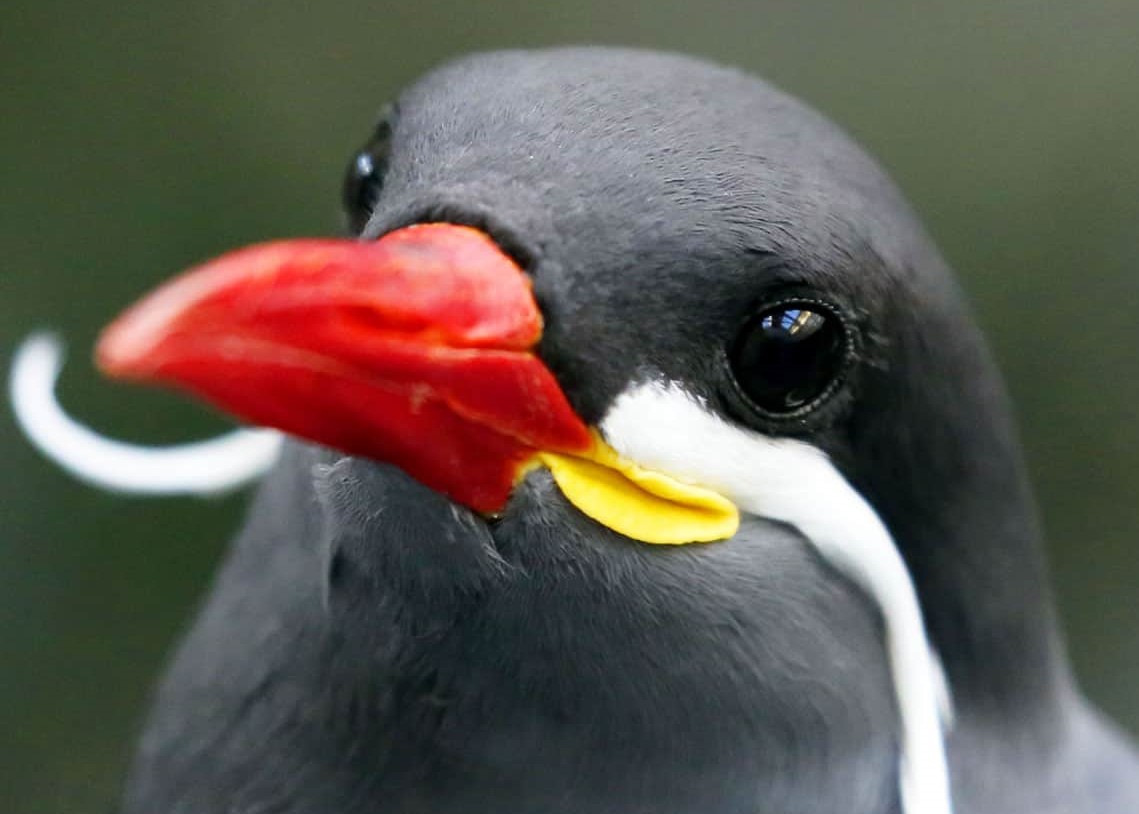Blue-Eyed Deepsquid
Blue-eyed deepsquids are a species of deepsquid native to Hothiri. Unlike their red-eyed cousins, these squid only reach three feet in length and are found in shallower waters.
Anatomy
Blue-eyed deepsquid have the typical anatomy of a deepsquid: A singular eye located in the middle of their mantle, eight anchor-like arms, two long tentacles triple the length of their bodies, and side-appendages referred to as rocquebles, used to propel the animals through the water at high speeds.
These squids are the smallest deepsquid species on Hothiri. They largest individuals grow to three feet in length, excluding their arms and tentacles. The rocquebles are about a foot in length, their arms two feet, and their two tentacles eight to ten feet in length. On average female squids grow about half a foot longer than males.
Diet
These squids are carnivorous, like all deepsquids. Common prey items include small fish, invertebrates, other cephalopods, isopods, sea slugs and snails, and on occasion small seabird species that sit on the surface of the water.
Habitat
Blue-eyed deepsquid are found worldwide, most common in the Abyssal and Hollow Domains. They frequent both deeper and shallow waters, alternating between daylight and nightfall. They are a common species around Iroquet, coming up to the coastlines during dusks and dawns. They are a common sight from the sidelines of factories around the island, many workers fishing particularly for these squid during their downtime.
Uses
Fisheries
While factory workers around Iroquet fish in their downtime, there are several fishing companies and corporations who breed and harvest these animals. They are a popular source of food both on and off the planet, as they are easy to prepare and pose no health risks.
Behaviour
Blue-eyed deepsquid move in shoals of up to a thousand individuals. They undergo diel vertical migrations; during daylight they swim around a thousand feet below sea level, and nightfall they rise to the ocean's surface. They are a predatory species and when in large groups are more comfortable targeting larger animals.
They produce strong jets of water from their rocquebles, shooting them out to propel themselves through the water. When in danger, these squids are capable of travelling up to fifty kilometres per hour.
Chromatophores
These squid only contain xanthophores, which allow them to alter their colour to yellow. They flash their yellow around other squids, as a form of conspecific communication.







I like them! :D I'm curious about what the biggest deepsquid is now.
Explore Etrea
I want to try and get more deepsquids written, maybe even write every species in the family!